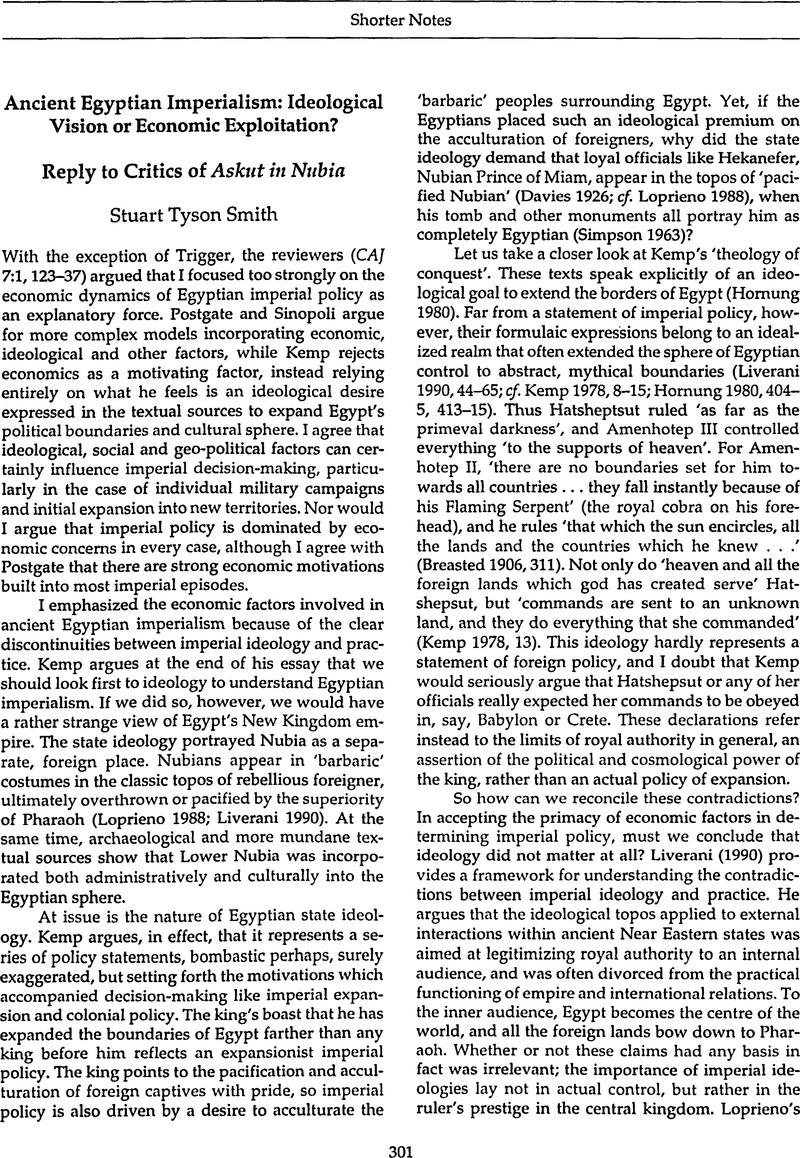Crossref Citations
This article has been cited by the following publications. This list is generated based on data provided by Crossref.
Düring, Bleda S.
2020.
The Imperialisation of Assyria.

Published online by Cambridge University Press: 22 December 2008
